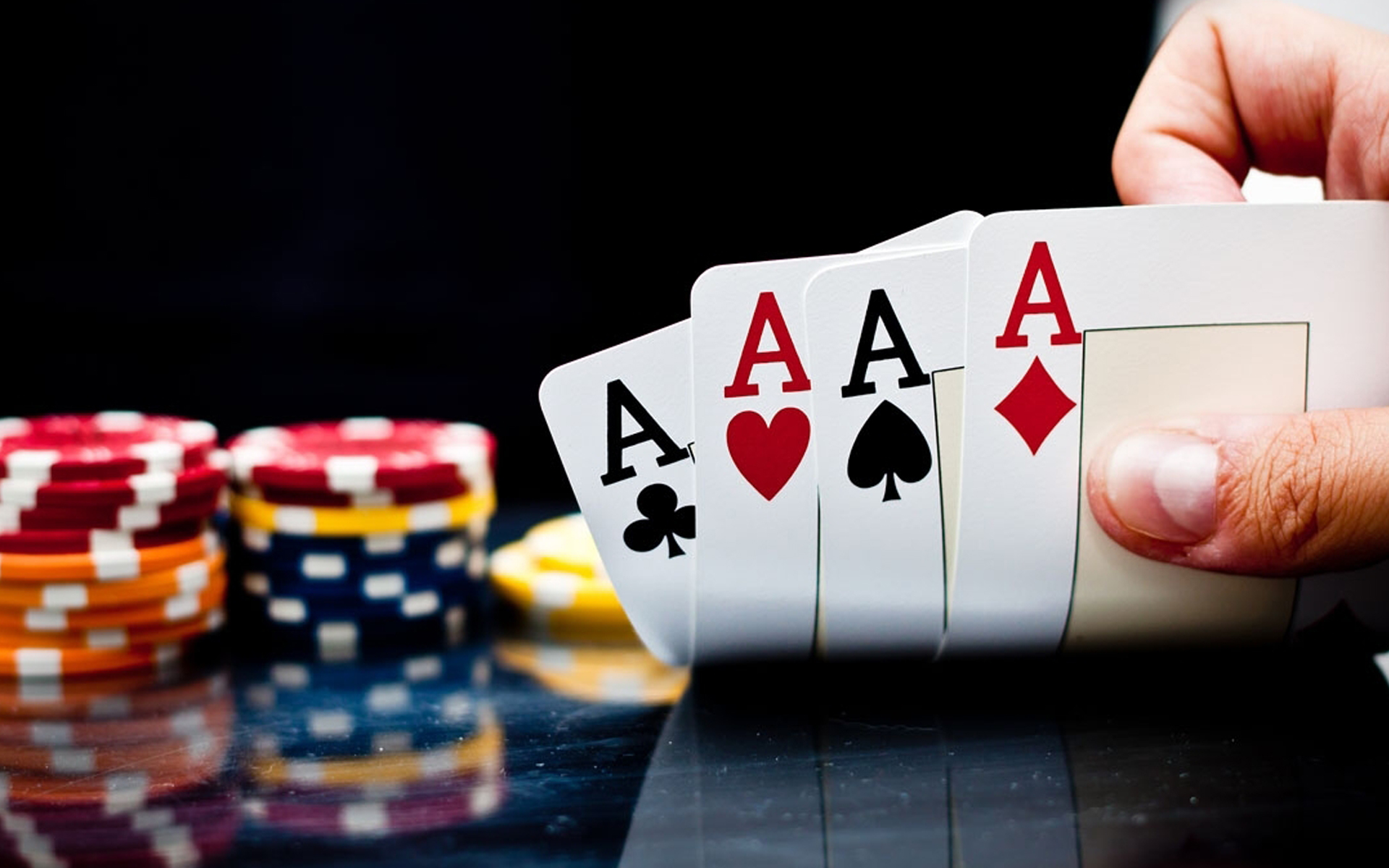Poker Tip: Starting Hands
One of the core elements to a solid poker player is hand selection. You have to pick and choose when you should play a hand. That goes whether you’re playing on a table or through a poker site of your choice. The specific hands you should play will vary based on the game, your opponents, tournament vs. ring play, your table image, your objectives, your chip stack, your position, and more. However, the point of this tip, whether you are an experienced player or a beginner, is that you have to choose which hands are right to play. Playing everything or too many hands is a sure way to lose money in the long run.

The first thing that you have to understand is that the objective of most players is, or at least should be, to win money, not pots. The number of times you win is not important, rather the amount you win. If you play every single hand you are dealt, you will win as many pots as you possibly can. You will never miss out on winning a pot that you could have. You will probably win more pots than any other player. You will probably also lose money because your wins won’t cover your losses. By being selective you are reducing the number of pots you will win by trying to increase the percentage of pots you win that you play. Here’s a mathematical example; let’s say that you put an average of $25 into each pot you play and when you win you get a pot of $100. Let’s say that you play every hand you are dealt, around 50 per hour, and win one out of every five hands (20% of the time). Over the course of four hours of play, you will have won 40 pots and will have lost $1000. On the flip side, using the same $25 investment and $100 return, let’s say you chose to play only one out of every ten hands you get (the best 10%), and by doing so, increase you win percentage to 60% (you win three out of five of the hands you play). Over those four hours, you will have only won 12 pots, but will be ahead $700. These numbers can certainly vary and fluctuate, and will change based on circumstance and luck, but they are very reasonable estimates and demonstrate clearly the pitfall of not being selective.
OK, so you know you shouldn’t play everything, but what should you play? This is debated by virtually every poker player and there are many resources to help you in this area. I’m not going to give specific hands in this tip, because there are just too many factors and variants to get into here. Instead, I’m going to give you a few guidelines that I think are more important.
Your starting cards should work together. This means having cards that have the potential to be used in your five-card poker hand. For example, in Hold’em, starting cards of 67 or TJ work together because they increase the number of straights you can make and can both be used to make a straight. K4, on the other hand is an example of a hand that does not work together as it is more unlikely you will use both cards. Pairs in Hold’em work very well together.

Higher is better (assuming you’re not playing a low or hi-lo split game). This should be obvious, but KQ is much better than QT, and JJ is much better than 99. 85 is better than 84, but they are both poor hands. If in doubt, stick with cards ten and higher. If you are playing a hi-lo split game, low cards are generally better than high cards, and aces are very powerful.
The actions of the other players at the table influence whether your cards are good starters or not. If someone has called before you, you should have a better hand than normal to play. If someone has raised before you, you should have a much better hand than normal to play. If there are several players in the hand, you should play draws (like straights and flushes) and be more careful with high cards. If there are very few players in the hand, avoid draws and play for high pairs and such.
These are some pretty generic ideas and there is much more that can be said about each of these points, but hopefully this will help you get started.





